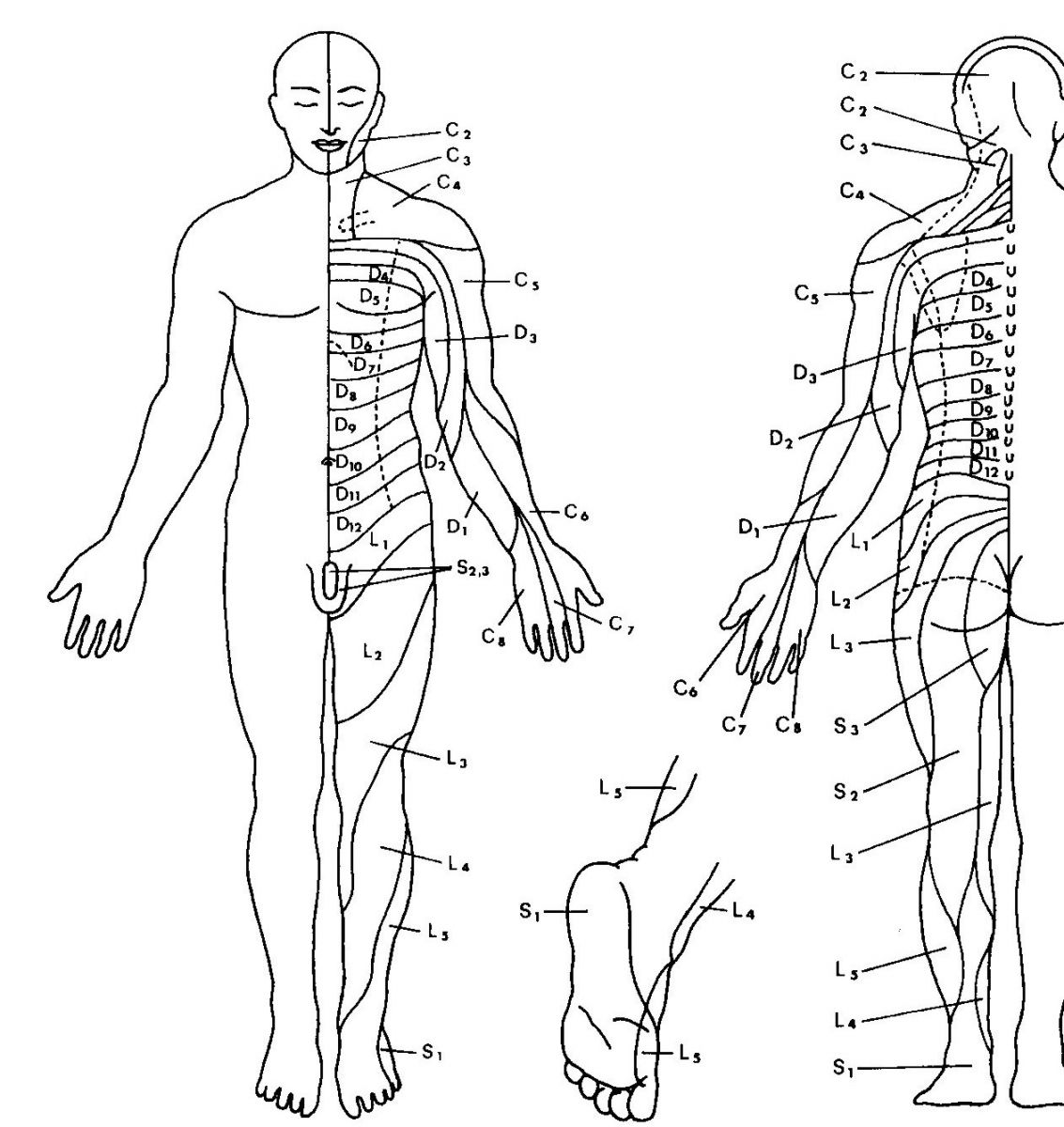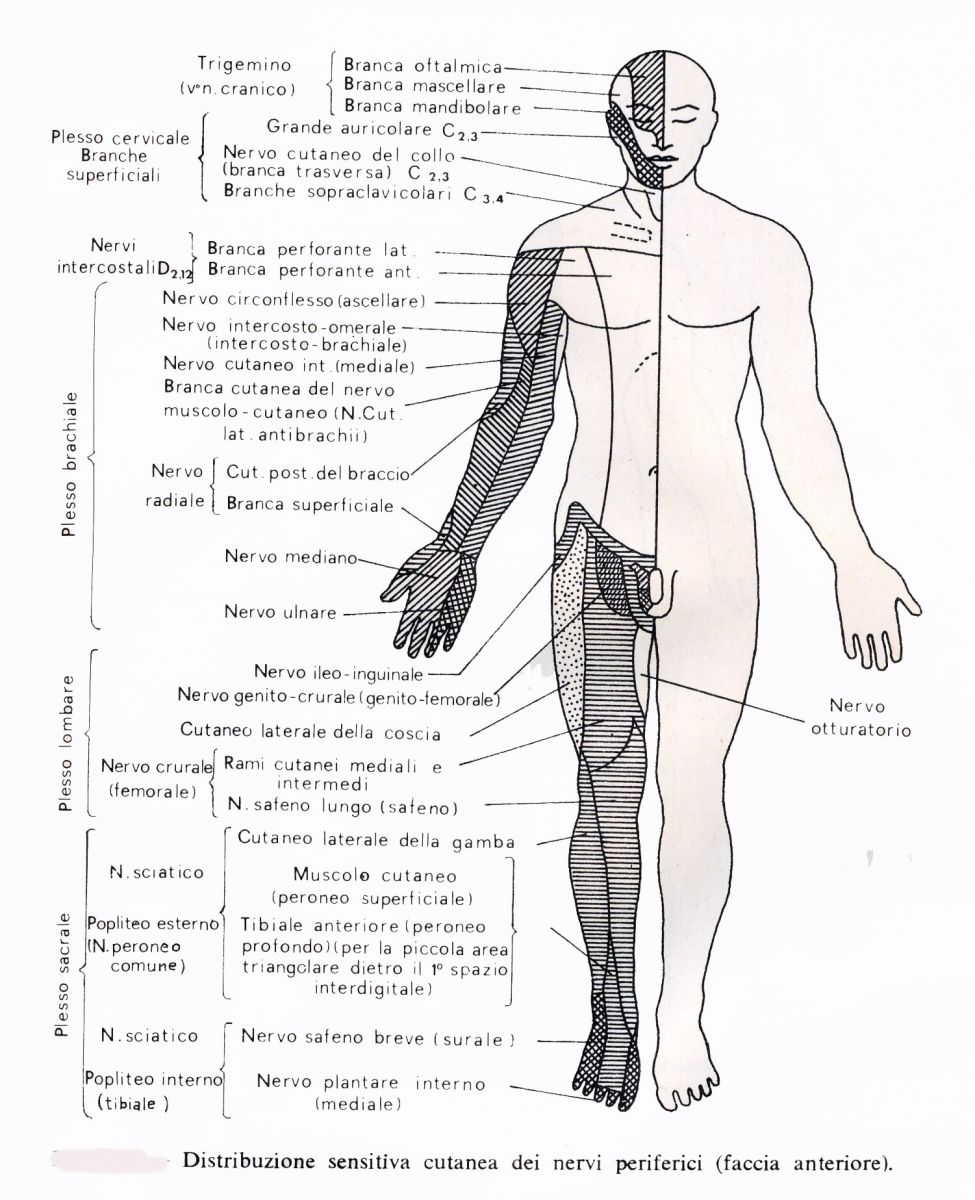The Symptom as a Local or Referred Expression, Differential Evaluation
Dr. Mauro Lastrico
Biomechanics: local and referred symptom, differential diagnosis
Dr. Mauro Lastrico, physiotherapist.
Excerpt from:
"Musculoskeletal Biomechanics and Mézières Method"
Author: Dr. Mauro Lastrico
Marrapese Publisher
The symptom expressed as pain, functional impotence or their summation can have a local origin or be an expression of suffering from another body district.
Differentiation, in causal logic, is a determining element.
When the symptom is an expression of local suffering, it can be caused by a purely muscular problem (often easily solved) or by a mechanical conflict. In the second case, in the affected district, an alteration of the physiological joint sequence will be detectable, sufficient to justify the symptom.
In cases of referred symptoms, on the contrary, no local lesions sufficient to justify it will be evident, but such lesions will be found elsewhere.
Among the tools that allow differentiation, the following are used:
- Postural tests aimed at detecting primary alterations from other body systems (stomatognathic, visual, visceral, etc.)
- Static objective examination aimed at highlighting mechanical joint conflicts and potential radicular involvement
- Dynamic objective examination aimed at detecting emerging abilities, i.e. active dynamic actions that the subject produces with muscular engagements different from those anatomically assigned (e.g., synergistic activation of latissimus dorsi and upper trapezius in shoulder anteposition replacing pectoralis major and serratus anterior)
- Dynamic objective examination aimed at detecting limitations of joint excursion, muscular in nature, to prevent latent conflicts from manifesting (e.g., during walking, limitation of femoral extension in absence of hip joint impediments, to prevent lumbar vertebrae from being pulled anteriorly by the psoas)
- Dermatomal territories

For example, knee pain, if caused by a local origin, will show altered joint sequencing in an amount sufficient to justify a symptom caused by mechanical conflict. The knee will thus appear evidently varus or valgus, internally or externally rotated, recurved or flexed, showing such combined elements.
However, if the alteration of joint sequencing is not sufficient to justify the symptom, this may be an expression of suffering, according to dermatomal maps, from the L3/L4 passage. In this case, a small dermatomal edema will be present in the knee, and the lumbar vertebrae, particularly L3 and L4, will be malpositioned. Resolution of the knee symptom will be possible by acting on the lumbar tract.
- Innervations


The territory where pain manifests may be an expression of referred radicular compression. In this case, signals of suffering will be detected at the corresponding root.
Radicular compression can be caused by an altered sequential articulation of the spinal column, a disc problem, a neoplasm, or any mechanical agent compressing from inside out, or by a local muscle contracture compressing the root from outside.
In the subject's functional exam, all parameters contribute to determining the dominances that sustain the symptomatology.
Copyright © 2025 AIFiMM Formazione Mézières Provider E.C.M. n. 1701. All rights reserved.



